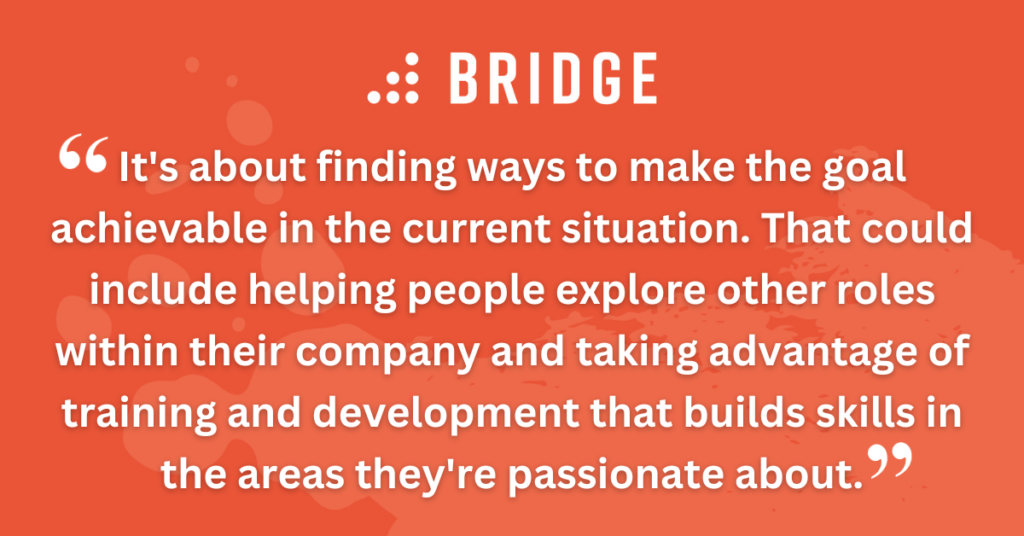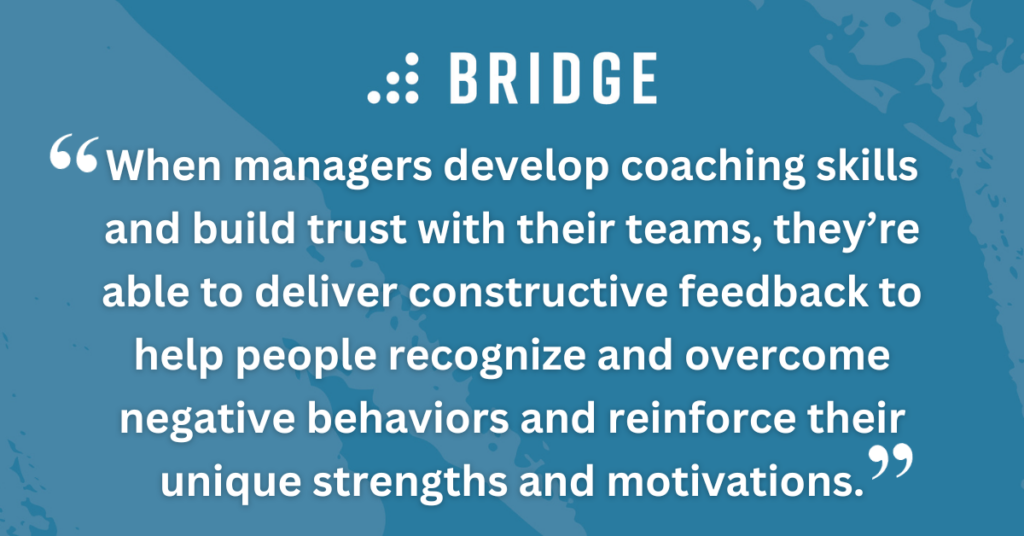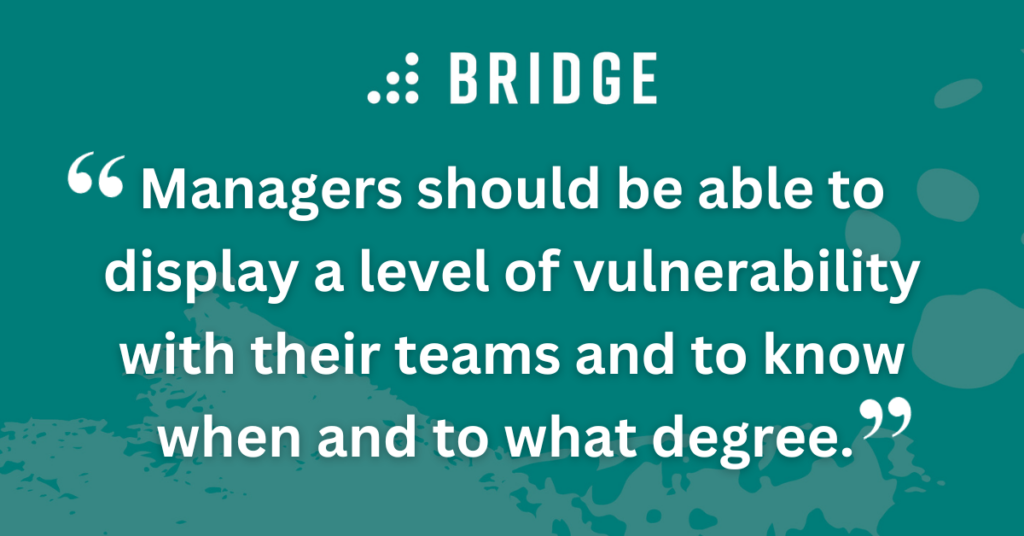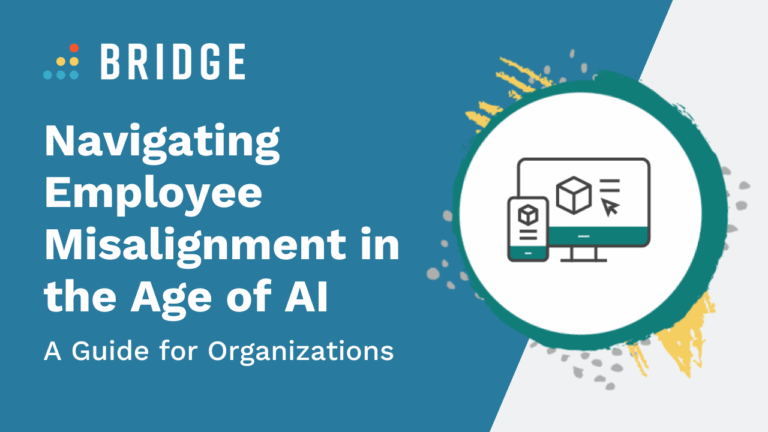The ability to adapt, grow, and change is crucial for driving employee performance.
For transformation coach and mentor Greg Arthur, building a solid foundation is the key to embracing this change. As the co-founder of Lifeology, he and his business partner have worked with organizations and individuals for almost 15 years, helping them clarify and achieve their vision and goals.
We chatted with Greg to learn about his framework for coaching, mentoring, and change management, known as The Foundation.
Learn how this approach supports organizations through change and explore Greg’s advice for connecting personal and professional growth.
Greg, Could You Tell Us a Bit About Your Coaching Framework?
The process we developed at Lifeology aims to help both people and professionals do something different and make the changes to be aware of and achieve happiness and fulfillment.
My personal and professional experiences shaped some of this process. As a new people manager, I was fortunate to be mentored by a really good HR executive. Through those conversations and my development journey, I realized the importance of self-awareness, realizing your strengths and self-worth, and recognizing what you project onto others.
The Foundation is a five-step process that helps people be conscious of their current situation, take responsibility for their goals and actions, try something new, and always be mindful of what it brings them and those around them.
Since change is constant, you don't just go through the steps and never have to repeat them. It's a subconscious, continuous process and can be applied to any situation in life and in the workplace.

What Does This Approach Look Like In the Workplace?
Often, if someone is searching for happiness in a professional sense, it's because they haven't worked out exactly what brings them personal happiness—the two are so interrelated.
But like everything, finding what brings happiness can take a lot of trial and error. Taking action and making a change doesn't have to be risky. It's about finding ways to make the goal achievable in the current situation.
For your people, that shift could involve their perception of a situation and looking at things in a new light. It could also include helping them explore other roles within the company and taking advantage of training and development that builds skills in the areas they're passionate about.
However, it can be hard to move forward or explore different ideas when a person feels stuck. If that's the case, coaching is beneficial for clarifying their goals and motivations. Coaching can also help your people hone in on their strengths, and use them to find opportunities that align with their motivations and vision for the future.
HELP YOUR PEOPLE FIND WHAT DRIVES THEM | ‘How to Make a Career Development Plan That Sticks (In 3 Simple Steps!)’
How Do You Help Someone Find Their Strengths?
It depends on the person. We like using personality identification tools, psychometric evaluation tests, or astrological profiles. These methods provide a really detailed starting point for examining someone's traits.
Once you have a list, you can ask the person which traits they agree with and which are more important. Getting feedback from people they know well is helpful too. Often, the traits a person doesn't believe in or is unaware of are significant, and these tools bring them into the light.
We also lean on Jung's archetypes, as looking at someone's past can help us determine why they behave or react in specific ways.

How Can People Become Aware of and Change Negative Behaviors?
So much of what we do is based on experience. But when someone's unaware of a behavior, it's easy to repeat the same mistake repeatedly without realizing it.
Being conscious of an issue is the first step. When people recognize their behavior and reflect on its impact, they become aware of their patterns. Then, they're able to look for their solutions and solve problems themselves.
Developing managers' coaching skills helps them support people. When they develop these skills and build trust with their teams, they’re able to deliver constructive feedback to help people recognize and overcome negative behaviors and reinforce their unique strengths and motivations.

What Does Effective Manager-Employee Communication Look Like?
Managers must be transparent when engaging with their teams. Being aware of their strengths and what they project onto others helps build trust among teams.
It's important to establish a strong bond with their people as individuals. For example, if an employee is struggling with something work-related, a manager could check how they're feeling personally and what's going on in their lives.
Additionally, managers should be able to display a level of vulnerability with their teams and to know when and to what degree. That means striking the right balance and being authentic while taking responsibility without expecting anyone else to pick up the pieces.
Another important boundary for managers is establishing the level of support they can provide to employees. Yes, they're there to listen, but they aren't counselors, and additional support should always be signposted to employees.
Do You Have Any Advice for Organizations to Support People Managers?
Managers need to be in a good place to give to others, so you should always ensure they're not overwhelmed and are comfortable helping their teams.
Assisting your managers could come in the form of scheduling distraction-free time for them to focus on high-priority tasks or following up regularly to check that they have all they need to do the job.
MORE WAYS TO SUPPORT YOUR PEOPLE MANAGERS | ‘How HR Can Help Managers With Talent Development’
Get More Coaching Insights
Reach out to Greg Arthur directly to learn more about the transformative role of workplace coaching and mentoring.
Don't forget to download our latest ebook, "How to Empower Your Managers to Be Coaches," to learn more about building a positive workplace culture.





